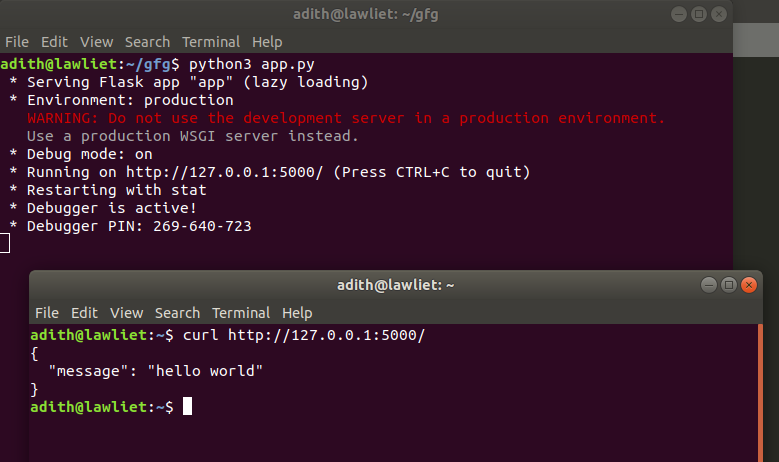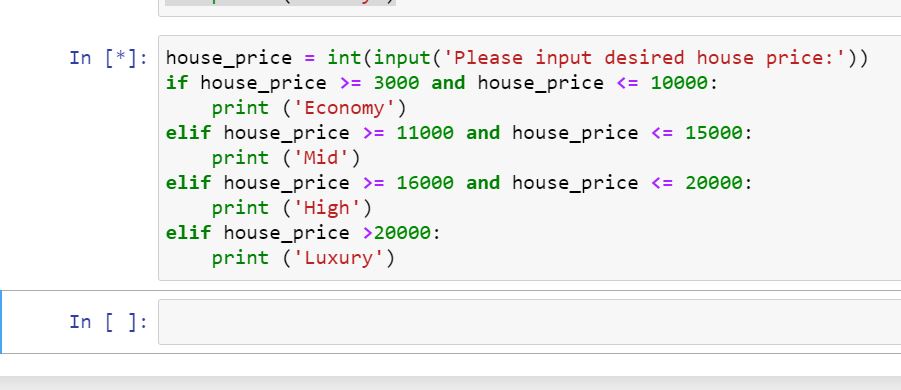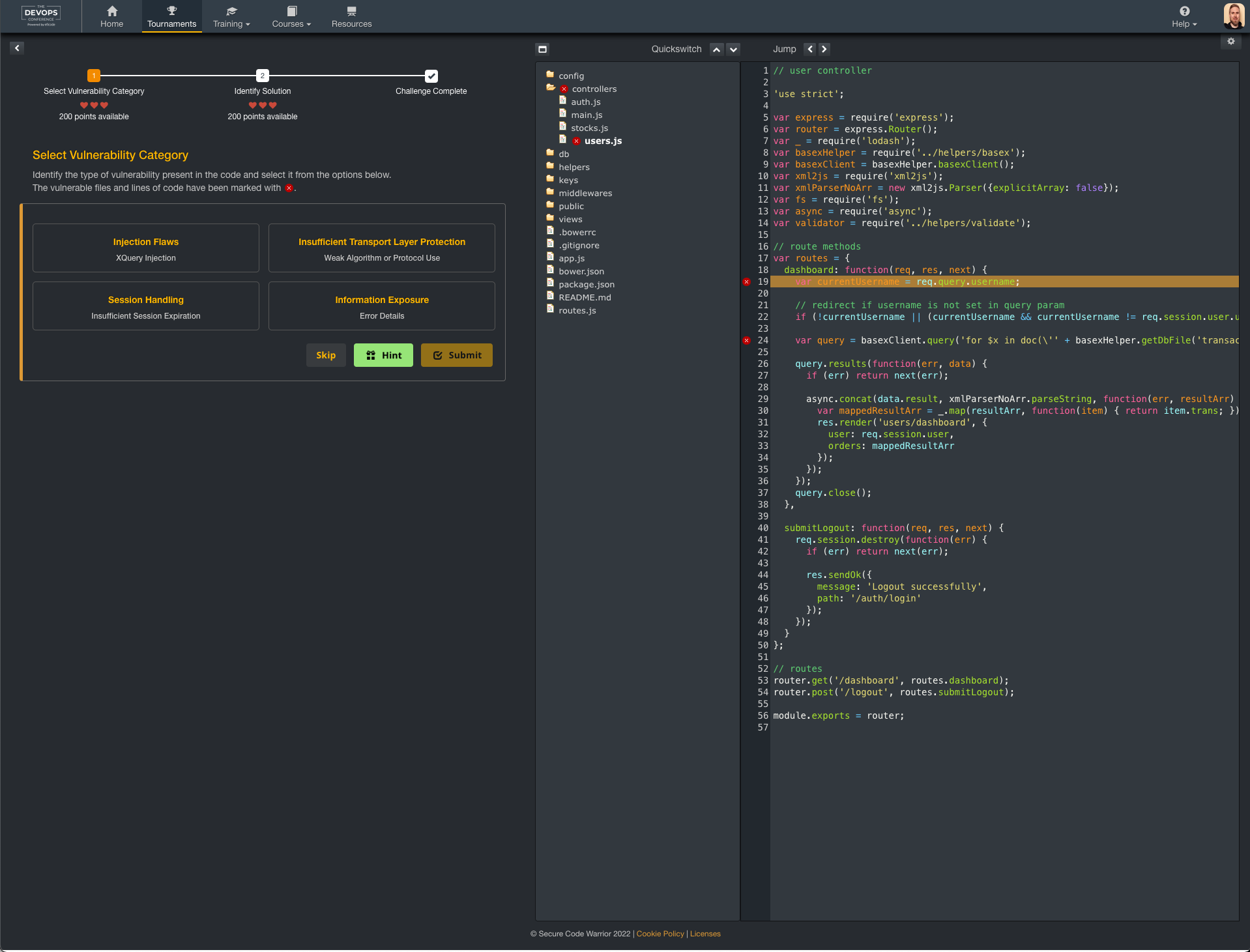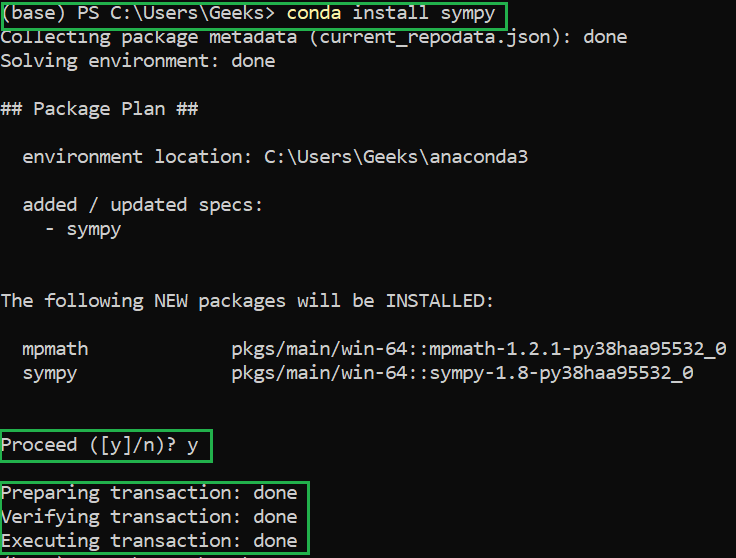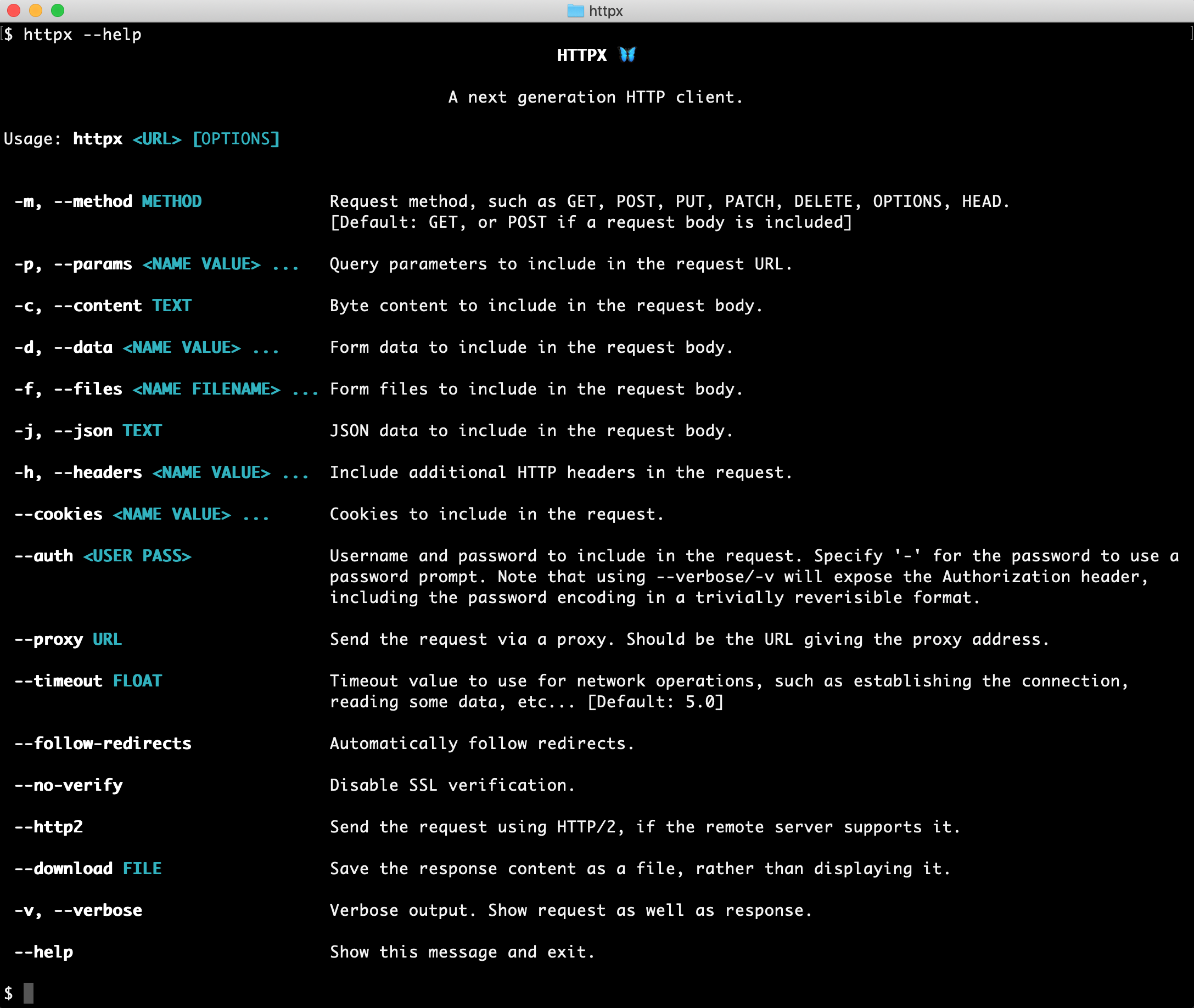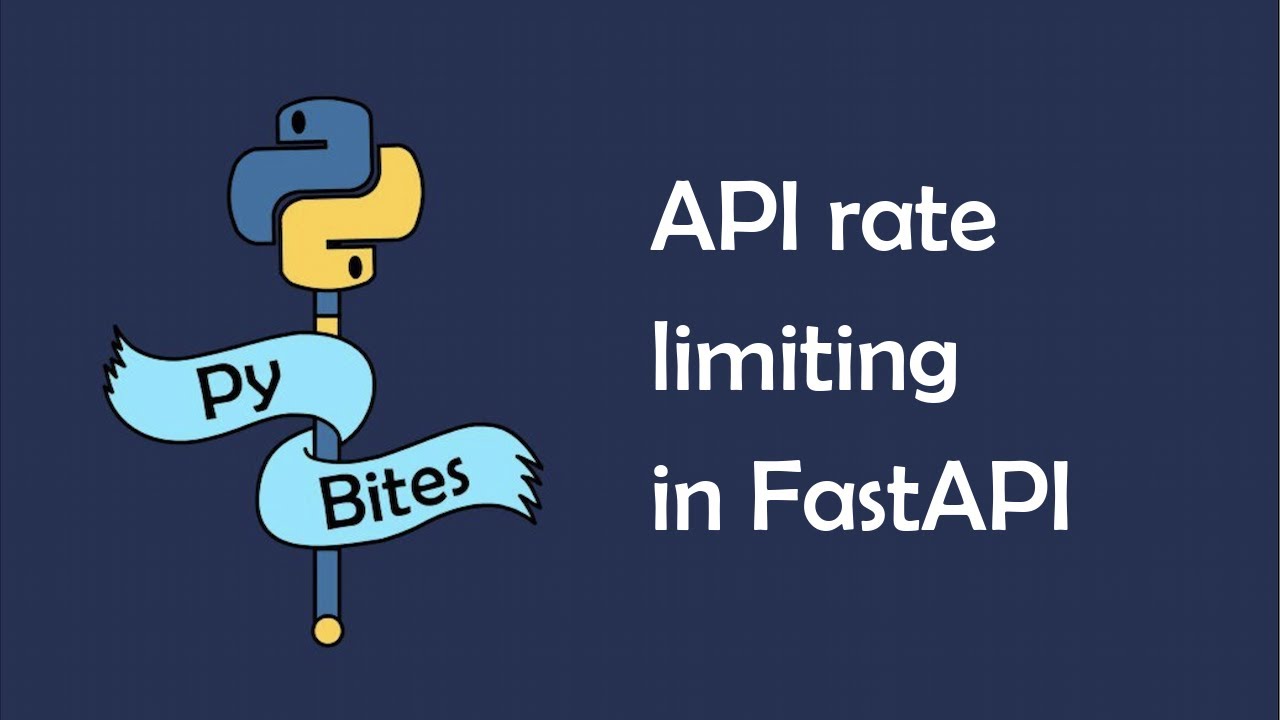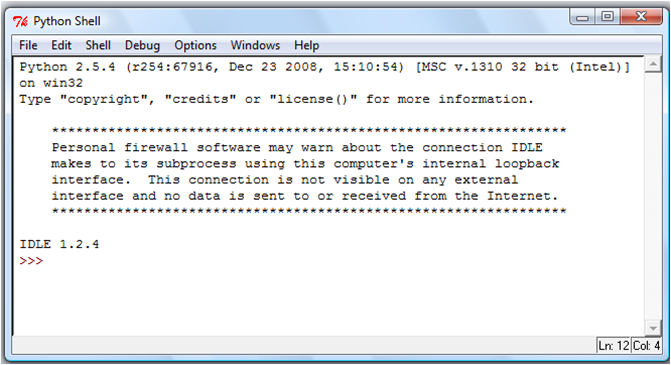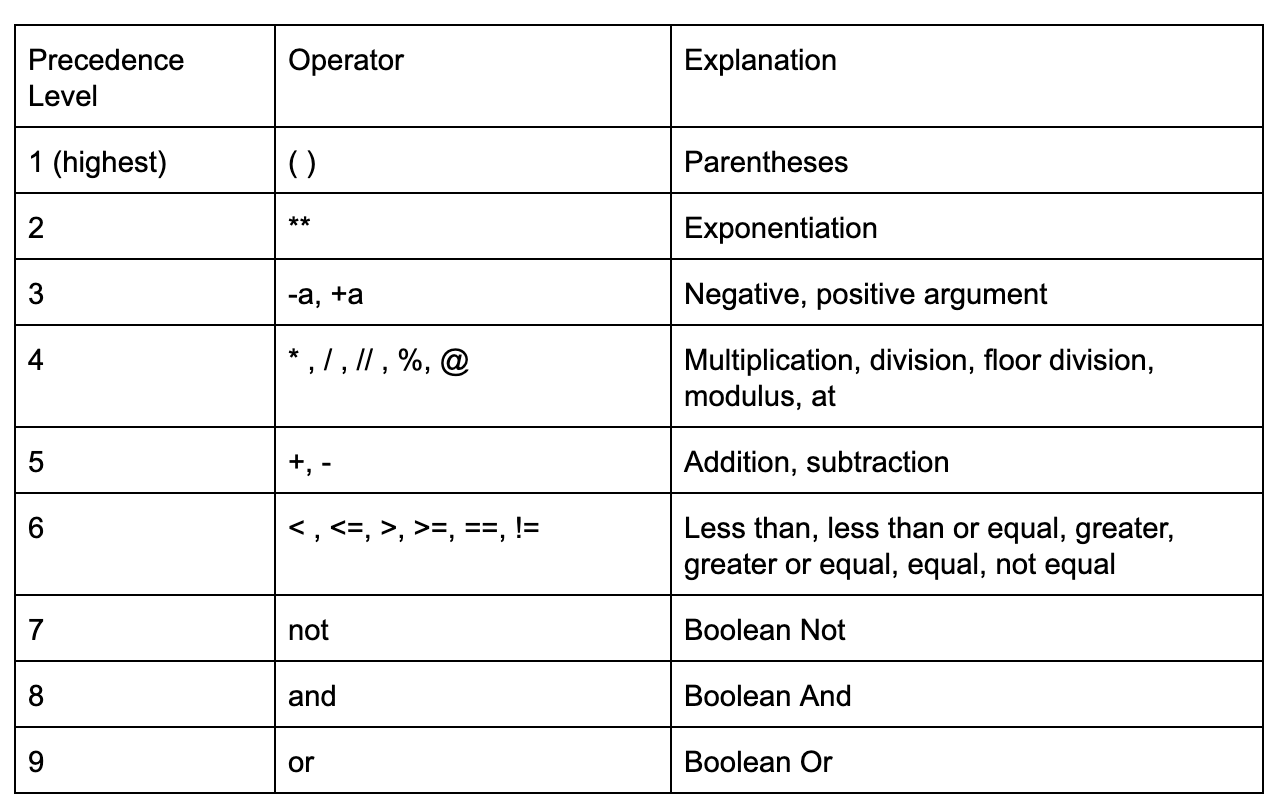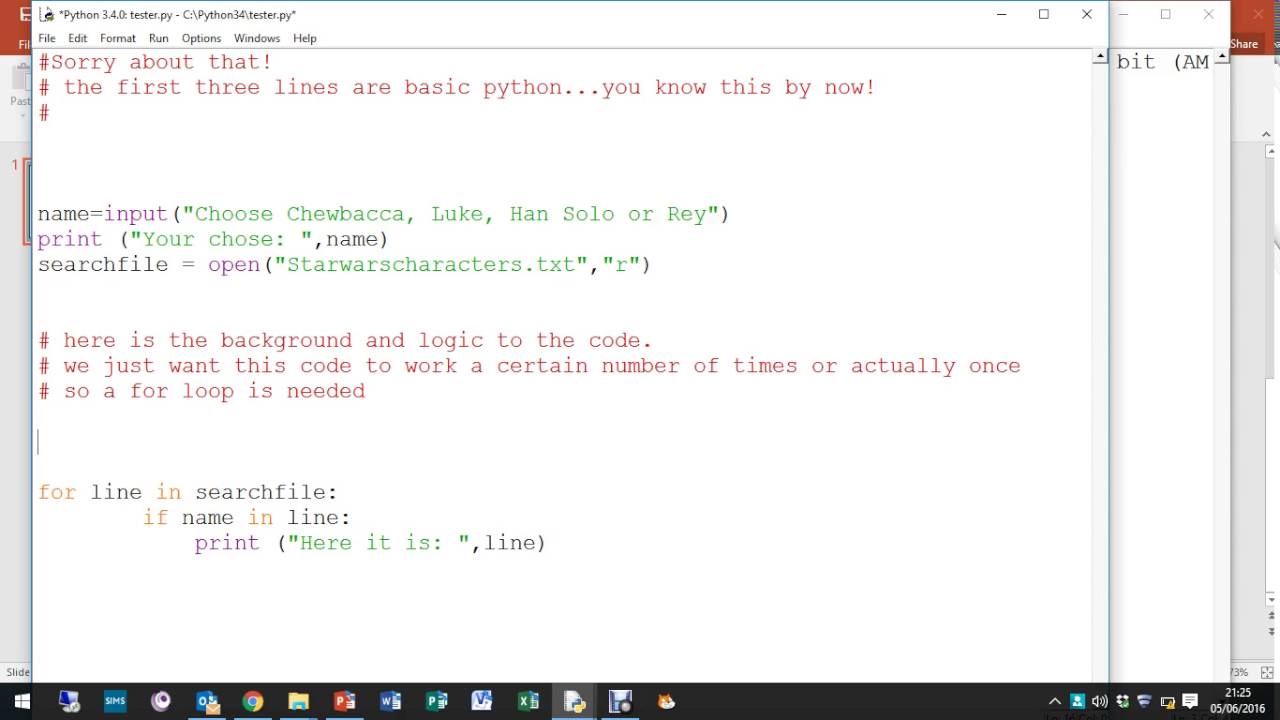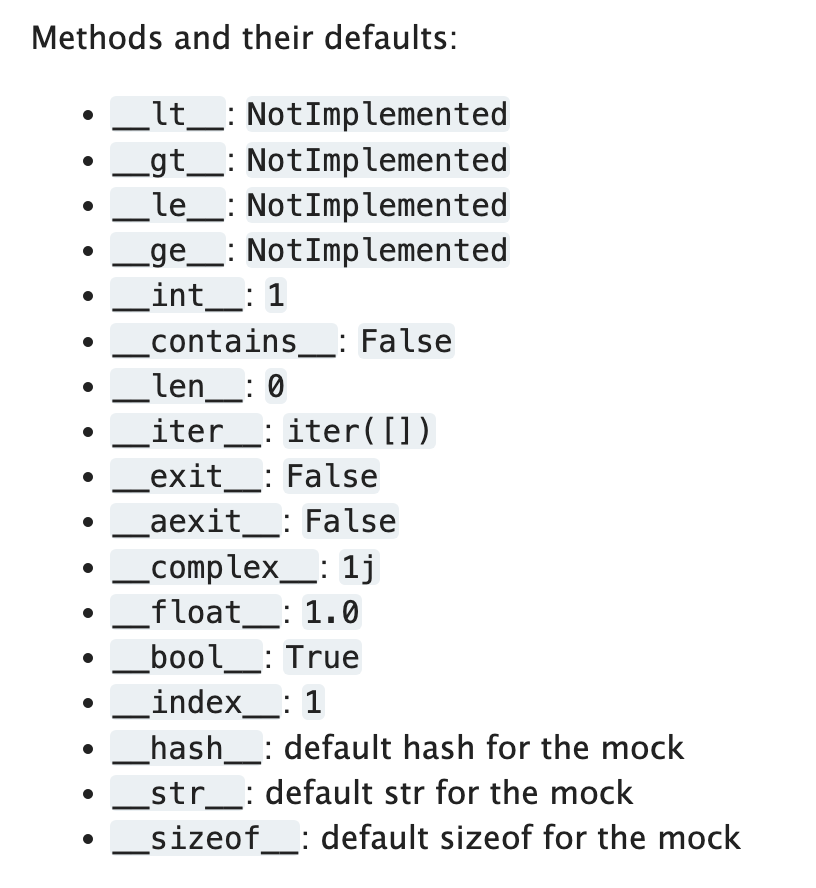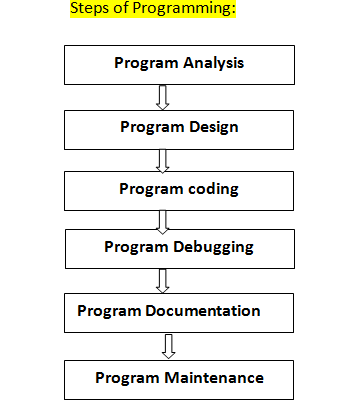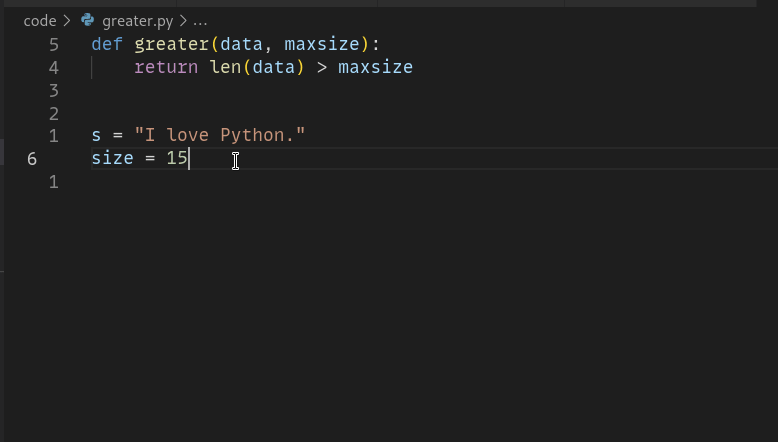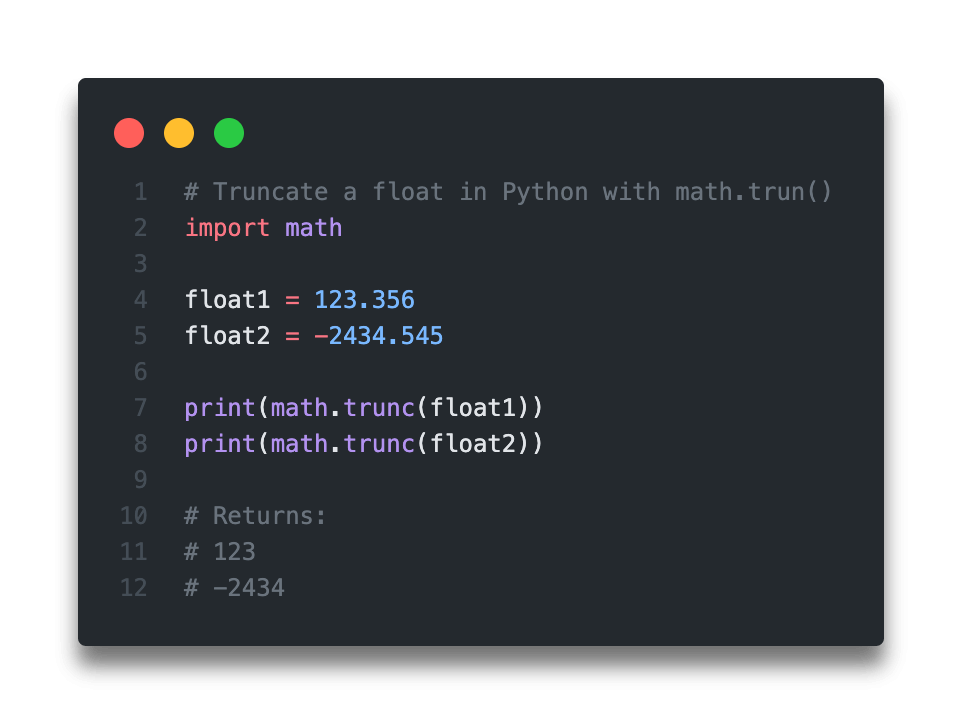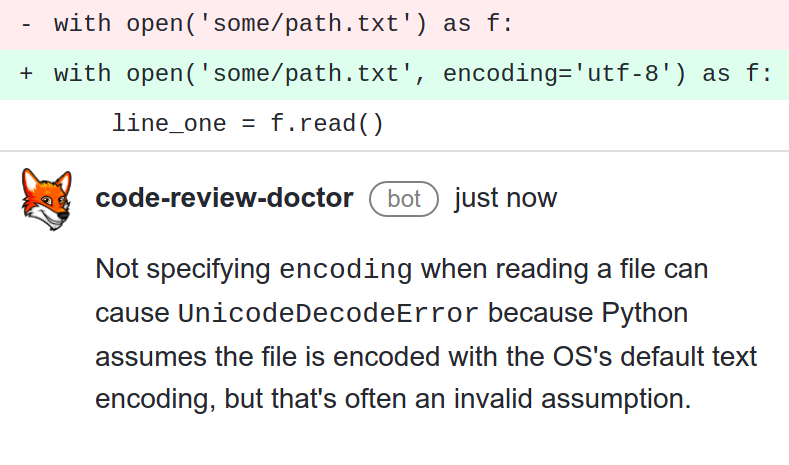How to capture an exception in Python?
How to capture an exception in Python?
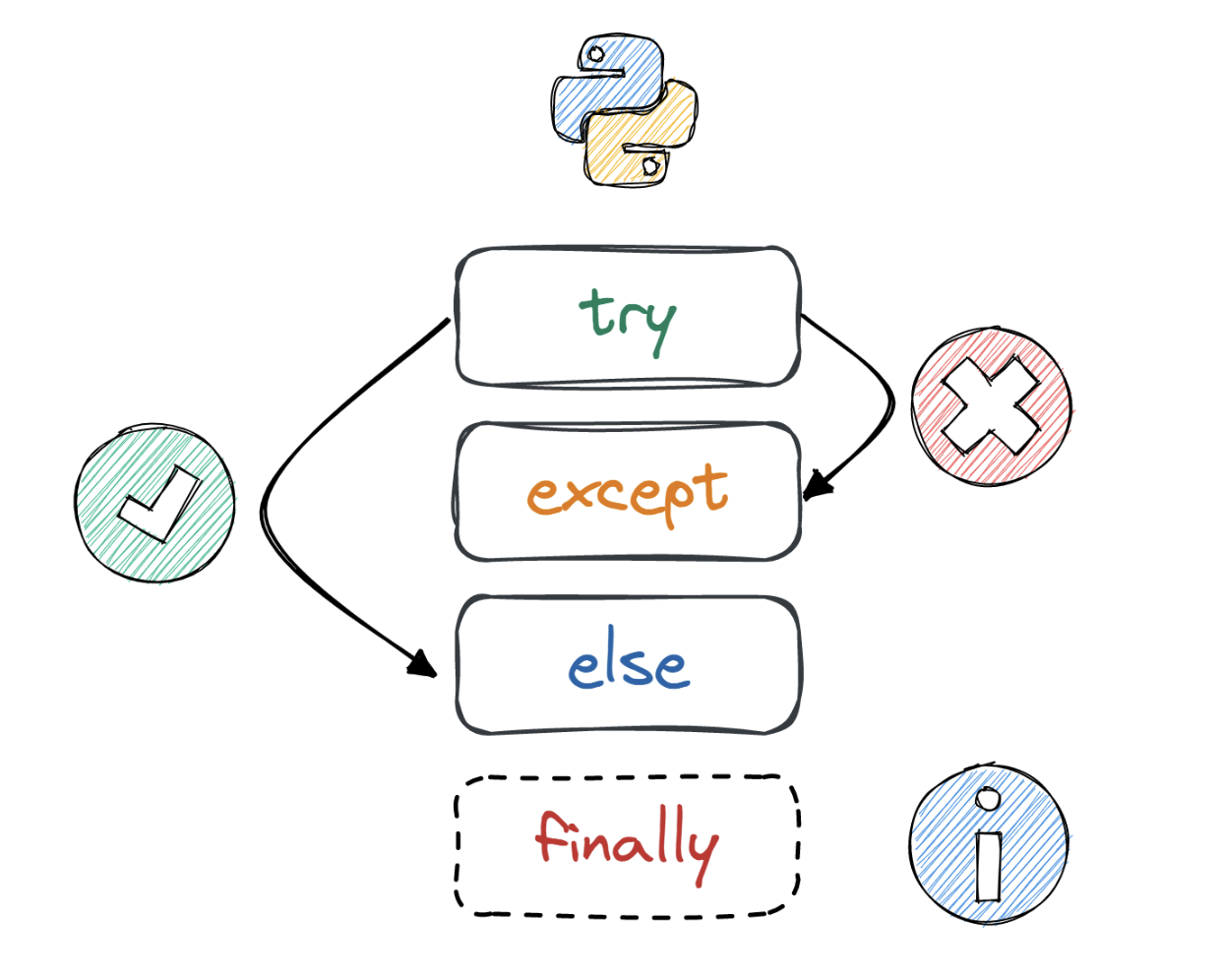
I'd be happy to help!
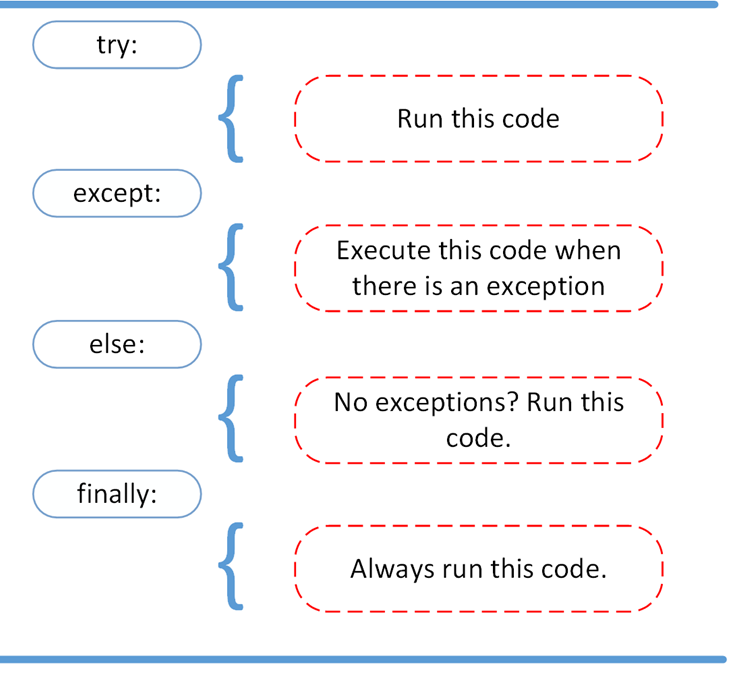
In Python, exceptions are a way to handle errors or unexpected conditions that may occur during the execution of your program. Capturing an exception in Python involves using a try-except block, which allows you to specify what code should be executed if an exception occurs.
The basic syntax for capturing an exception is as follows:
try:
Code that might throw an exception
except ExceptionType:
Code to handle the exception
In this example, ExceptionType can be any type of exception (e.g., ValueError, TypeError, etc.) or a superclass of exceptions (e.g., Exception).
When an exception occurs in the try block, Python will look for a matching except block and execute the code within it. If no matching except block is found, Python will terminate the program and print an error message.
Here's an example:
try:
x = 5 / 0
except ZeroDivisionError:
print("Divide by zero! Try again.")
In this example, if you try to divide a number by zero, Python will catch the ZeroDivisionError exception and execute the code within the except block. This code simply prints an error message.
You can also capture multiple types of exceptions using multiple except blocks:
try:
x = 5 / 0
except ZeroDivisionError:
print("Divide by zero! Try again.")
except TypeError:
print("Invalid type! Try again.")
If you want to handle different exceptions differently, you can specify multiple except blocks. Python will stop looking for a matching except block once it finds one that matches the exception.
You can also use the else clause after an except block to specify code that should be executed if no exception occurs:
try:
x = 5 / 2
except ZeroDivisionError:
print("Divide by zero! Try again.")
else:
print("No exceptions occurred!")
In this example, the else clause is only executed if no exception occurs.
Finally, you can use the finally clause to specify code that should be executed regardless of whether an exception occurred or not. This is useful for cleaning up resources (e.g., closing files) after executing some code.
try:
x = 5 / 2
except ZeroDivisionError:
print("Divide by zero! Try again.")
finally:
print("Code execution complete!")
In this example, the finally block will always be executed, regardless of whether an exception occurred.
Overall, capturing exceptions in Python involves using try-except blocks to handle unexpected conditions. By specifying multiple except blocks and using else and finally clauses, you can write robust code that handles errors effectively.
I hope this helps!
How to catch id exception in Python?
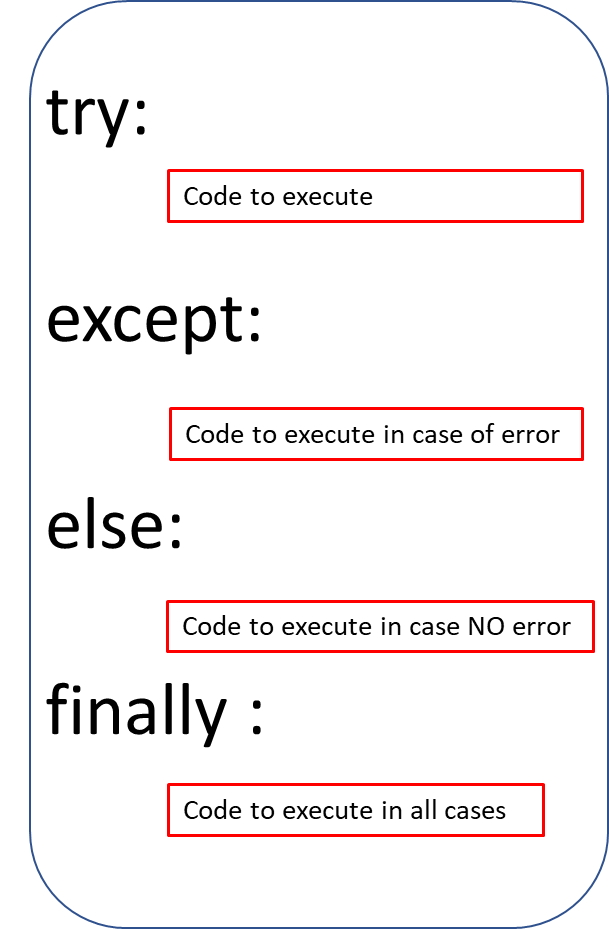
I'd be happy to explain how to catch ID exceptions in Python!
In Python, the Id attribute refers to an object's memory address. This attribute is unique for each object in Python and is used by various libraries such as gc (garbage collector) and cProfile.
To catch ID exceptions in Python, you can use a try-except block with the specific exception types related to ID.
Here are some common examples of ID-related exceptions:
NameError: This exception occurs when Python tries to access an attribute or variable that does not exist. try:
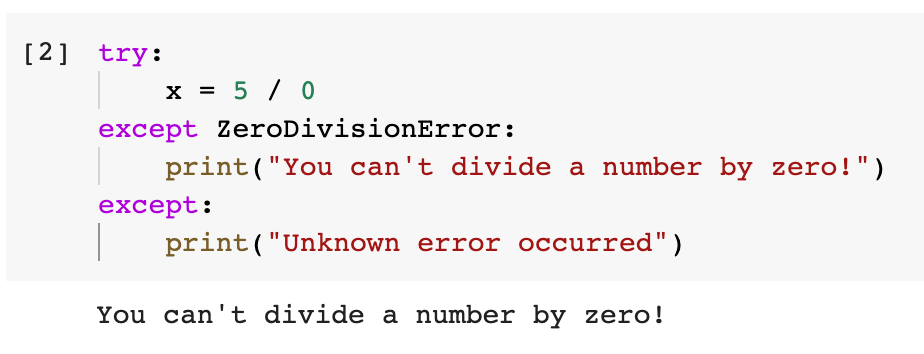
x = 'name_error_example'
print(x[5])
except NameError as e:
print(f"Caught NameError: {e}")
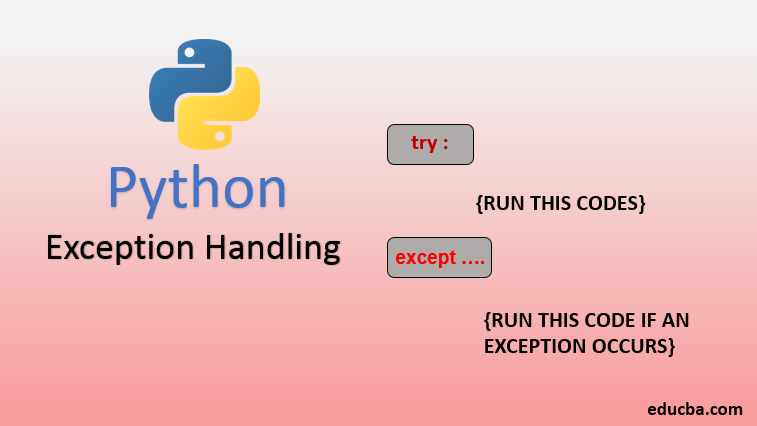
class TestClass:
pass
try:
my_object = TestClass()
my_object.non_existent_method()
except AttributeError as e:
print(f"Caught AttributeError: {e}")
try:
id('test_string')
except ValueError as e:
print(f"Caught ValueError: {e}")
In all these examples, the try-except block is used to catch ID-related exceptions. If an exception occurs within the try block, it will be caught by the corresponding except block and processed accordingly.
Here's how you would catch these specific ID exceptions:
# Example 1: Catch NameError
try:
x = 'name_error_example'
print(x[5])
except NameError as e:
print(f"Caught NameError: {e}")
Example 2: Catch AttributeError
class TestClass:
pass
try:
my_object = TestClass()
my_object.non_existent_method()
except AttributeError as e:
print(f"Caught AttributeError: {e}")
Example 3: Catch ValueError
try:
id('test_string')
except ValueError as e:
print(f"Caught ValueError: {e}")
Example 4: Catch MemoryError
import sys
try:
a = [i for i in range(1000000)]
except MemoryError as e:
print(f"Caught MemoryError: {e}")
Remember, exceptions should be handled with caution and thought. It's crucial to understand the context of your program before handling an exception.


